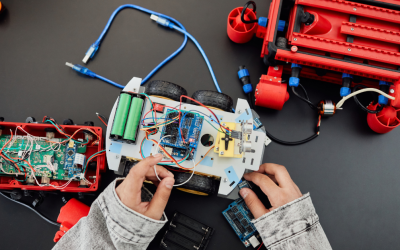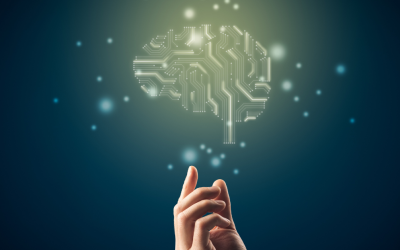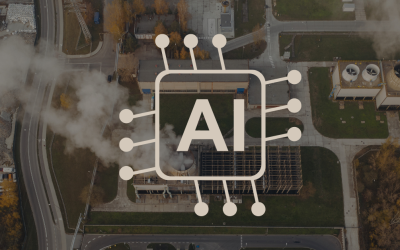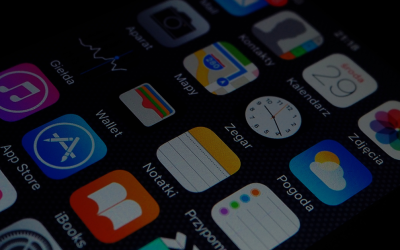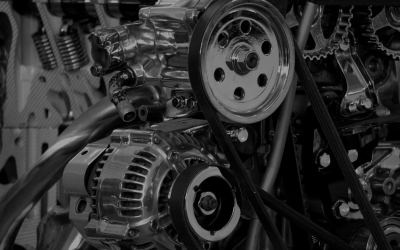Digital Twins: How Virtual Models Are Shaping the Future of Business

In the age of digital transformation, businesses across industries are leveraging innovative technologies to optimise operations, enhance customer experiences, and drive efficiency. One such groundbreaking technology is Digital Twins — a concept that has been rapidly gaining traction. But what exactly are digital twins, and how are they shaping the future of business?
What Are Digital Twins?
A Digital Twin is a virtual replica of a physical object, system, or process. Using real-time data and sensors, a digital twin mirrors the physical counterpart in a digital space, allowing companies to simulate, monitor, analyze, and optimize its performance. This virtual model can be applied to anything from machinery and vehicles to entire production lines or even entire cities.
The concept originated in manufacturing to optimise production and maintenance processes but has since expanded to numerous sectors due to its vast potential. At ADUK, we recognise the transformative potential of digital twins and help businesses harness their power for real-world applications.
Applications in Various Industries
Manufacturing
In manufacturing, digital twins allow for the creation of a virtual model of production lines, machinery, or even entire factories. By continuously monitoring the real-world assets through sensors, manufacturers can predict maintenance needs, optimize workflows, and reduce downtime. For instance, if a machine is showing signs of wear and tear, a digital twin can alert operators before a breakdown occurs, saving time and money. Additionally, digital twins enable businesses to simulate different scenarios and test changes in processes without disrupting actual operations, leading to more informed decision-making and faster innovation.
Healthcare
The healthcare sector is also witnessing a revolution thanks to digital twins. By creating virtual models of patients or medical equipment, doctors can simulate treatment plans, predict patient outcomes, and enhance medical procedures. For example, a digital twin of a patient’s heart might allow doctors to test various treatment options for heart disease in a risk-free environment, optimising for the best possible result. Additionally, hospitals use digital twins of their facilities to streamline operations, manage resources, and improve patient care by simulating patient flows and optimising staffing. ADUK collaborates with healthcare providers to bring these innovations to life, ensuring better patient outcomes and operational efficiency.
Real Estate
In the real estate industry, digital twins are used to create detailed, interactive models of buildings, properties, or entire cities. These models allow developers, architects, and facility managers to visualize properties before construction begins, making it easier to identify potential issues and plan more effectively. Once a building is completed, digital twins help with ongoing building management and maintenance, allowing property managers to monitor systems such as heating, cooling, and lighting in real-time. This level of insight can lead to energy efficiency improvements, better resource management, and enhanced tenant experiences.
The Future of Digital Twins
The potential of digital twins extends beyond these industries and into almost every sector. As the technology continues to evolve, we can expect to see even more sophisticated virtual models that are integrated with artificial intelligence, machine learning, and the Internet of Things (IoT). This fusion will allow businesses to make more accurate predictions, improve decision-making, and unlock new levels of optimization and efficiency.
In the coming years, we may see digital twins used for entire ecosystems, such as smart cities or supply chains, offering businesses a real-time, comprehensive view of operations across multiple domains. As the technology becomes more accessible and widespread, the ability to create and manage digital twins will become increasingly integral to a company’s competitiveness and long-term success.
Conclusion
Digital twins are more than just a trend; they are a transformative tool that is reshaping industries and driving businesses toward smarter, more efficient operations. From manufacturing and healthcare to real estate, these virtual models are helping companies reduce costs, optimise performance, and unlock new opportunities. As we move into the future, the integration of digital twins with other cutting-edge technologies promises to revolutionise the way we do business, creating a more connected, data-driven world.
Are you ready to leverage the power of digital twins in your business? Contact ADUK today to learn how digital twins can empower your business and give you a competitive edge. Together, we can build the future!
Recent Posts
- Prototyping Done Right: How to Avoid Costly Mistakes
- Why Emotional Intelligence is Key for Leadership in the Digital Age
- How AI is Being Used to Combat Climate Change
- Building an Inclusive and Diverse Tech Workplace: Why It Matters
- The Rise of No-Code and Low-Code Development: Is It the Future?
- Green Software Development: How to Build Energy-Efficient Applications
